Reviews 12 min read
Hyundai IONIQ 5: Retro-modern family EV that’s a great all-rounder
With standout retro looks, spacious and practical interior and a good range the Hyundai IONIQ 5 is a fine family car and stands out against premium electric rivals.
Discover EV expert verdict...
- Retro-modern styling
- Generous passenger space
- Supports super-fast charging speeds
- Rivals offer bigger boots
- Alternatives offer more range
- Majors on comfort rather than sportiness
Overview
When it comes to attracting new customers to their electric offerings, OEMs are taking various different approaches. On the one hand we are seeing manufacturers creating totally unique dedicated EV brands such as BMW with its i series, Volkswagen with its ID. and Mercedes with its EQ family. On the other hand we are seeing car makers looking to the past – basically referring to their heritage and appealing to people with design first and foremost rather than technology per say, such as Honda with its e and Renault who have recently announced the R5. The IONIQ range from Hyundai is unusual in that it’s taken both lines of attack. It’s an EV-exclusive brand and the model kicking things off – the 5 – is reminiscent of the first Korean cars that came onto the American market in 1973, such as the Pony. The question is does it manage to successfully balance the past and the future? To find out, we spend a week with the IONIQ 5 mid-rung Premium model equipped with the 73kWh battery.
Driving
Now before we get started with the driving experience, let’s just remind ourselves that the IONIQ brand isn’t technically new – more of a rebirth. Hyundai first introduced the term IONIQ, which fuses ‘ion’ and ‘unique’, when it announced Project IONIQ, a long-term research and development project focused on eco-friendly mobility. Based on the project, Hyundai in 2016 introduced a vehicle named IONIQ, the world’s first and only model to offer a choice of three electrified powertrain options – hybrid electric, plug-in hybrid and battery electric. Now, IONIQ represents Hyundai’s growing commitment to sustainability and innovation and will be instrumental in achieving the company’s clean mobility goals.
Under the brand Hyundai will be launching a range of numerically named EVs, with the even numbers used for saloons and the odd numbers for SUVs. The first model as previously mentioned is the IONIQ 5 midsize CUV that launched in early 2021. IONIQ 5 is based on the concept EV ‘45’, which was unveiled at the International Motor Show (IAA) 2019 in Frankfurt as a homage to its very first concept car.
The IONIQ 5 uses the Hyundai Motor Group’s dedicated battery electric vehicle architecture called Electric-Global Modular Platform (E-GMP), which allows for flexibility in terms of powertrain options, with a choice of battery and drive type. So in addition to the 73 kWh RWD variant we had on test with 214bhp and 258lb ft of torque, you can also opt for the AWD version with two motors instead of one (301bhp, 300 miles) or the 58kWh RWD (167bhp, 238 miles). With a combined range of 298 miles and a 0-62mph time of 7.4 seconds it strikes a great balance between reasonable range and fairly decent performance, and as such we think is the best one to go for. For those that tow – the 73kWh model can also haul a braked trailer of up to 1600kg.
There are three modes: Sport, Eco and normal which adjust the throttle response and braking. The suspension is soft so while it wallows a little in the corners, it is very comfortable and we like the high driving position as well as the big windows and mirrors which offer great visibility. Its light, accurate steering is perfectly suited to a car of this size and weight and it is a lot more nimble than the Ford Mach-E and VW ID.4, but it still feels a bit vague and bouncy through the twisties. The Tesla Model 3 drives a lot better, and in ‘rear-wheel drive’ guise is faster (0-60mph in 5.8 seconds), cheaper (£42,990 as opposed to £44,140 for our test car) and has a very slighter longer range (305 miles). Elon Musk’s EV wins the fight again in that respect!
There are four levels of regenerative braking to choose from, and the most powerful setting (iPedal) will let you bring the car to a stop by lifting off the accelerator. Unlike a lot of EVs, the normal friction brakes blend well with this system. So aside from the road noise at speed and the fact it’s a little fidgety through the bends it’s a good contender if you’re looking for a new electric family car. It’s also available with Hyundai’s all-wheel drive system (HTRAC) which apparently lend it ‘some serious 4x4 capabilities’, although we’re doubt it’s in the same league as even Land Rover’s soft off-roader – the Range Rover Evoque for example.
Range and running costs
Hyundai say that this particular model returns 3.9mi/kWh which we would say is very accurate from our time with it driving on mixed roads. While a 298 mile range is nothing to be sniffed at, it’s worth noting that the Ford Mustang Mach-e and Volkswagen ID.4 offer up to 315 miles and 379 miles of claimed range respectively. The IONIQ 5’s trump card is the ability to support 800 volt charging (like the much more expensive Porsche Taycan and Audi e-tron GT), so you can top up from 10 to 80 per cent in around 18 minutes (half the time of an VW ID.4), however you will need to find a 350kW charger to do that and there aren't currently many locations in the UK capable of delivering that kind of speed.
With the Charge myHyundai app and RFID card you have access to over 15,000 charging points in the UK, and with one single card or your phone you can pay for all different providers but it’s going to be quite some time before anything matches Tesla’s Supercharger network, that’s for sure. One thing however that it does have over the Tesla (apart from starting price) and that’s its Vehicle-to-Load (V2L) function, which when using a converter, can charge high-power electric equipment, which is pretty cool. It’s a £365 option and probably well worth it – it would have certainly come in handy when we were without power for over 24 hours after Storm Eunice.
Being an electric car you get the boasting credentials of emission-free motoring but you also benefit from cheaper servicing with fewer moving parts and lower day-to-day running costs – based on an energy tariff of 13p per kW and 12,000 miles, our test car would cost you around £459 a year. In fact, the only premium you may pay with an EV are insurance costs, especially if you go for the top version with the dual motor set up. Business users can still enjoy the tax benefits of running an EV, of course, with Benefit in Kind rates of just two per cent for 2022, as well as zero road tax and free access to clean air zones.
According to CDL Vehicle Information Services data from August 2021, the IONIQ 5 is projected to retain from around 53 to 57 per cent of its new list price after three years or 36,000 miles on the road, depending on specification.
Design
We’re a massive fan of the retro modern styling – and while we realise the minimalist approach Hyundai’s designers took with the car will divide option – it certainly stands out amongst most other EVs on the road. Up front the unique clamshell bonnet spans the entire width of the car, minimising panel gaps for a clean, high-tech look, while the V shaped bumper incorporates distinctive hidden LED lighting, which is made up of 256 jewel-like ‘Parametric Pixels’ and will feature on the exterior of all future IONIQ models. They can be found in the back too, highlighted in the distinctive rectangular rear lamps. Taut and perfectly proportioned in profile view, the auto flush door handles help to enhance the car’s clean look and aerodynamics. There are nine exterior colours and two options are available with a matte finish, like our test car, which does really well to highlight the super crisp lines, and we definitely think it’s worth the extra £685. It’s fair to say that it turned a lot of heads while in our company. While its’ styling harks back to the seventies, as we’ve already touched upon and yet to highlight further, its tech is firmly in the twenties and some of it not seen before in its class.
Inside it’s the perfect marriage of modern meets traditional. Similar to Mercedes’ offerings, a big modular screen incorporating a speaker, and two 12.25” digital screens (one displaying essential information for the driver and the other covering connectivity and climate control) stretches from the driver to the centre console complemented by physical switchgear just below it (that so many EVs – namely Tesla and Volkswagen– miss!) to make everything easier to control when driving.
In addition the rotary type shifter is located on the steering column, making operation quick and intuitive while you can adjust the level of regenerative braking via the paddle shifters mounted on the steering wheel. The flat floor makes it feel really roomy and despite the fact our car didn’t have the optional solar roof, which prevents the 12V battery from dying, while charging the high-voltage battery to extend the driving range, it still felt very airy and light. On the subject of tech it boasts a clever feature called Safe Exit Assist, which means it can detect vehicles approaching from behind and temporarily lock the rear child lock doors, so that passengers can only exit the car when it is safe to do so.
The combination of eco-friendly materials (including recycled bottles for fabric and bio components and oil extracted from plants and flowers for the seats, headlining carpet and paint) and nature-inspired colours make it a nice place to be. It is better looking – and feeling – than its VW rivals – so for those badge nobs out there, take note!
Comfort and practicality
Like a lot of EVs the interior has been designed to be like a lounge space, so the front seats for example fully recline – should you wish to take a power nap while your car is charging, while the centre console can slide back to the rear seats so your kids can use it as a picnic table or desk (in Ultimate spec). Second-row passengers also benefit from cup holders, rear vents, a 15-watt fast wireless phone charger, USB ports and the ability to slide their seat backwards by up to 35mm. Aside from the doorbins, there are lots of cubbies and trays placed around the interior too. In addition to a 527 litres of boot space (increasing up to 1600 when the second row seats are fully folded), Hyundai has chosen to also utilise the space otherwise occupied by a petrol engine providing an extra 57 litres of space – useful for cables. While rivals (such as the Skoda Enyaq iV with 585 litres) offer bigger boots, the fact that the interior offers the same amount of space as an Audi A8 limousine, makes it a very practical car for a 2.4 family with plenty of head and leg room for all concerned. There’s even just enough width for a skinny adolescent in the middle seat.
There are three trim levels (SE Connect, Premium and Ultimate). It’s cheaper than the closely related Kia EV6 by over three grand, and while top-spec versions come packed with driver and safety equipment, you’re pressing on into Tesla Model 3 territory, so the cheaper version makes more sense (although only available on the 58kWh RWD model) with 19 inch alloy wheels, LED headlights, rear parking sensors and camera, climate and smart cruise control, auto wipers and keyless entry and start all included. Standard safety systems include Forward Collision Avoidance Assist, Highway Drive Assist and Intelligent Speed Limit Assist, along with Lane Follow and Lane Keep Assist (which, like a lot of cars, can get quite annoying constantly jiggling the steering wheel). Mid-spec Premium cars add luxuries such as a heated steering wheel and (electric) front sets, upgraded upholstery and a powered tailgate, while the top-of-the-range model leaves you wanting for nothing with highlights such as 20 inch alloys, head-up display, vented front seats, seven-speaker Bose stereo system, 3D surround-view camera setup and a heat pump. Upgrading to Premium or Ultimate versions adds Blind Spot Collision Avoidance Assist and Level 2 autonomous safety technology (a first for Hyundai). It is a small point but an important one we feel – the IONIQ 5 has no rear wiper, and in the midst of winter we found visibility out of the rear windscreen quickly became restricted.
Verdict
Just like its subsidiary brand Kia, Hyundai are very keen to persuade EV buyers away from the German brands and for those who like stylish design and tech the IONIQ 5 is a decent proposition. It’s got strong kerb appeal, well equipped, the range is good enough for most, it’s spacious and practical – there’s really not much to dislike. Once again proof that the Korean brand is continuing to push things forward, keep innovating and stay on target to introduce 23 all-electric models by 2023. We can’t wait to see what else they’ve got to offer!
And don't forget, if you do like this make and model of car you just read about, you could secure a discount if you use our partner e-car leasing service using the code DEV-ECAR.
Key Specs
2021 Hyundai IONIQ 5 Premium 73kWh RWD + Vehicle 2 Load option
Price (RRP OTR): From £37,600, £44,140 (model as tested)
Top speed: 115mph
0-62mph: 7.4 seconds
Power: 214bhp
Torque: 258lb-ft
Driving range (combined): 298 miles
Charging time: 6 hrs 9 min (7.4kW, 0-80%), 57 min (50kW, 0-80%), 17 min (350kW, 0-80%)
Insurance group: 41
Vehicle warranty: 5 years / unlimited miles
Battery warranty: 8 years / 100,000 miles

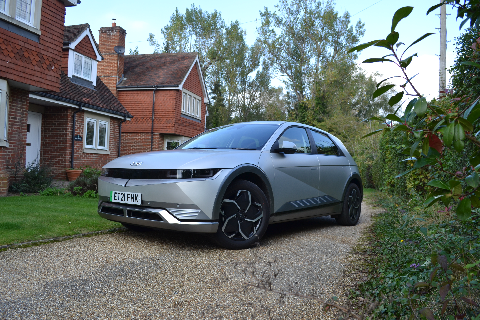


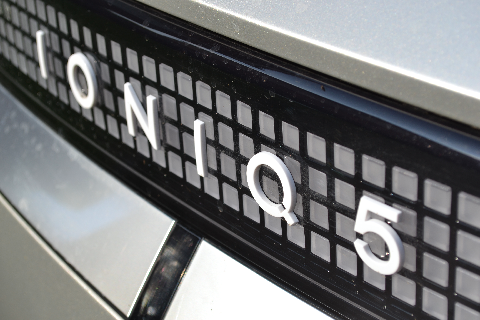

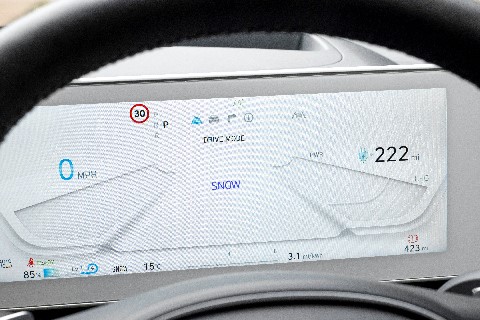
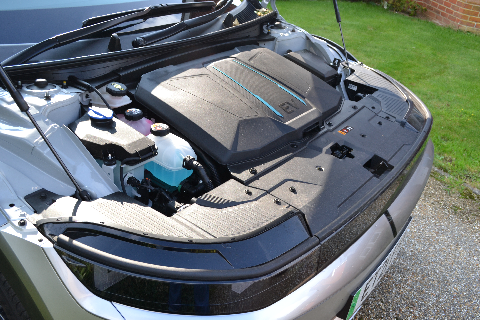

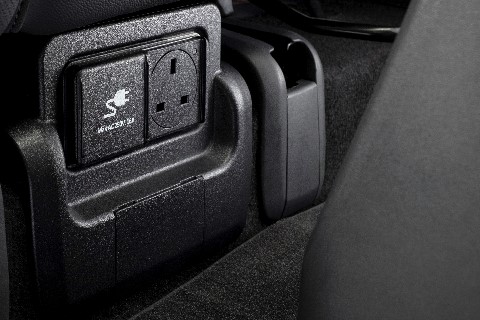
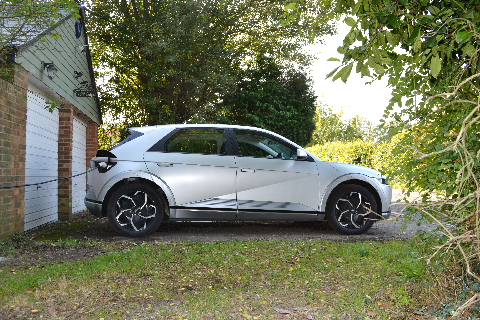
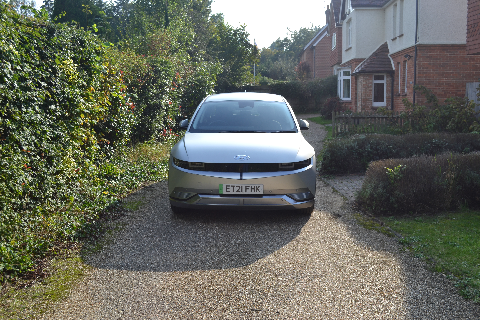
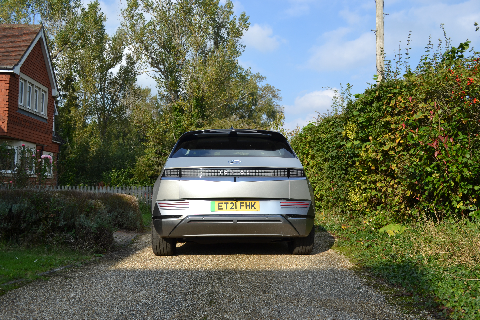
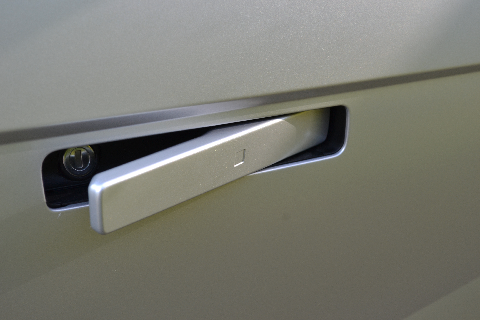
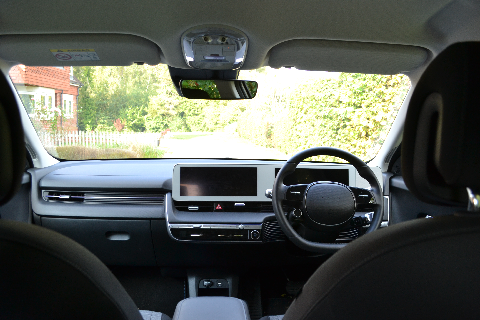
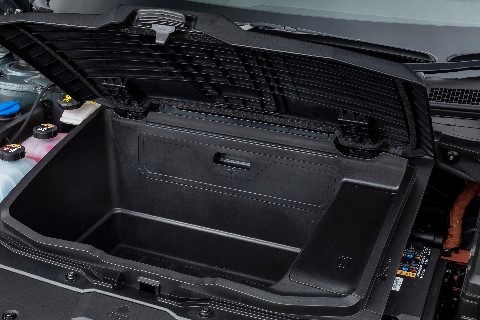
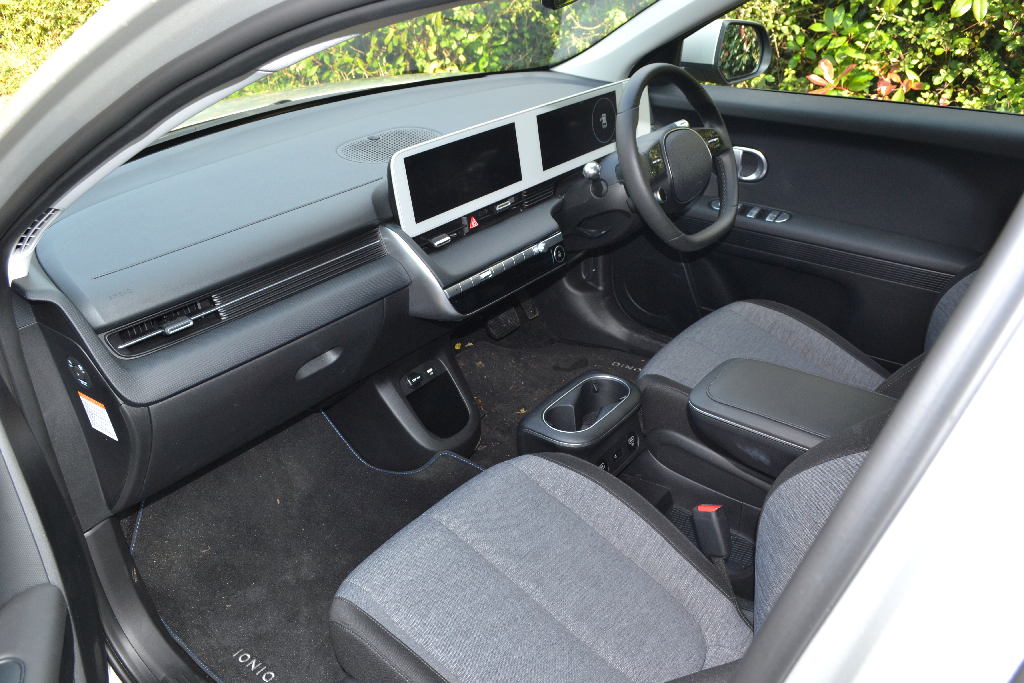
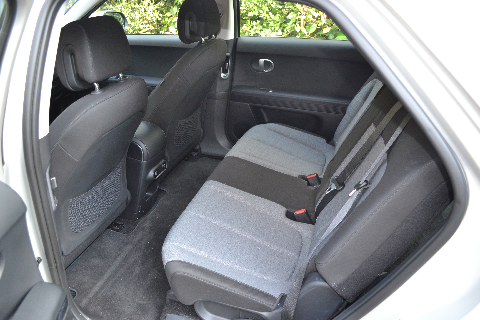
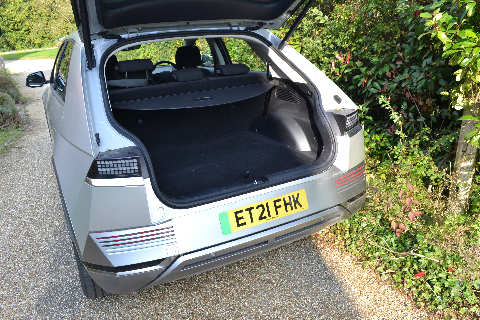
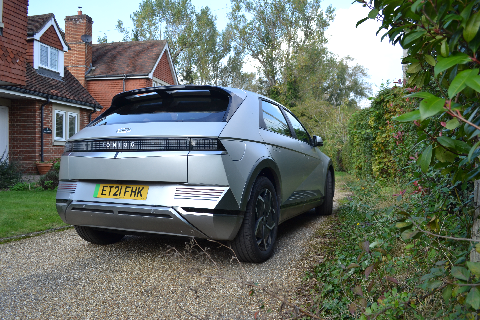


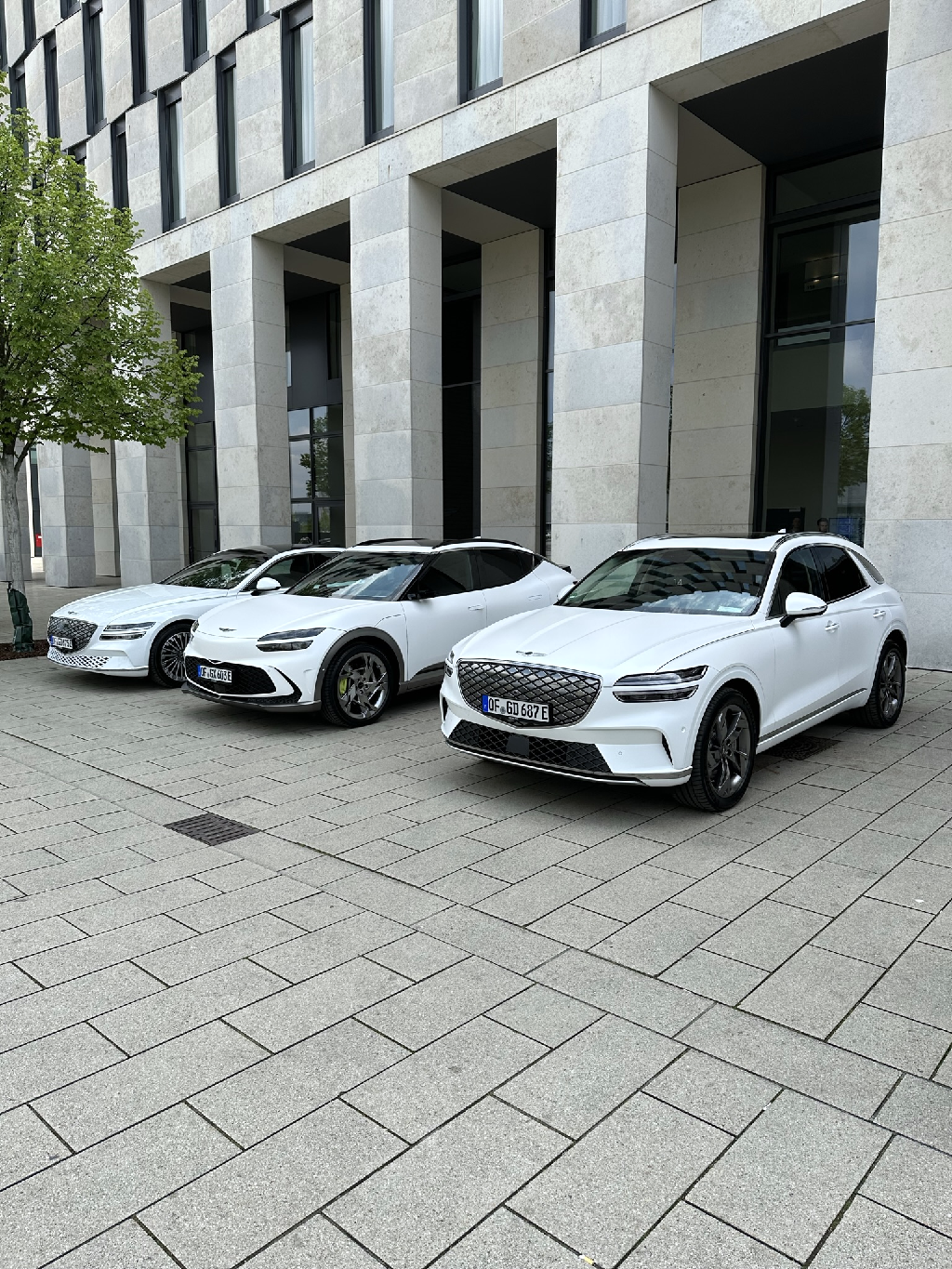
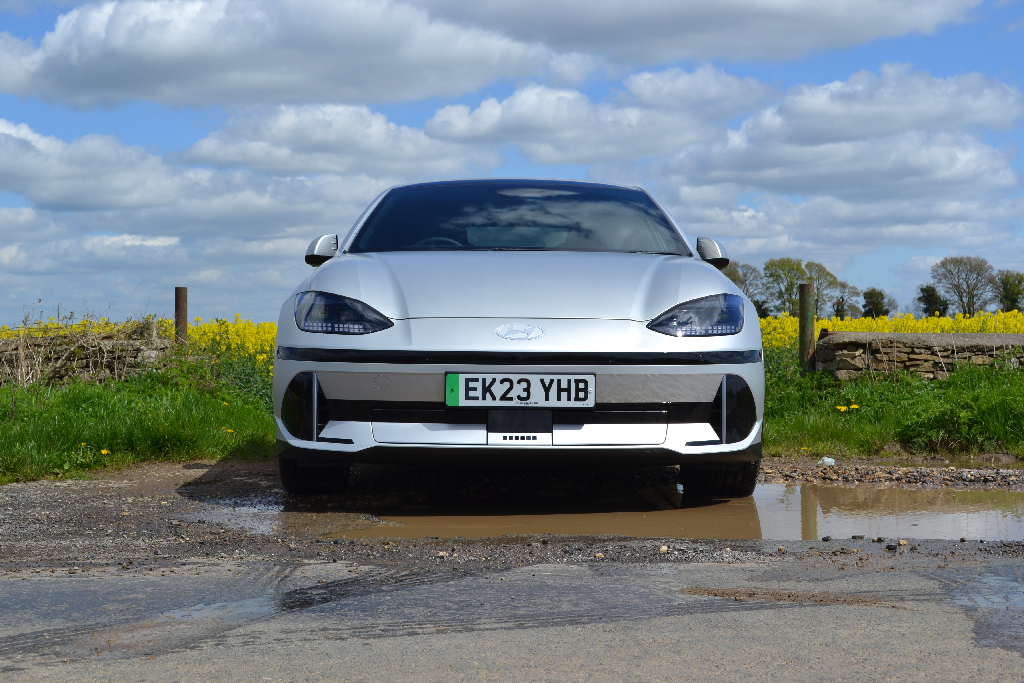
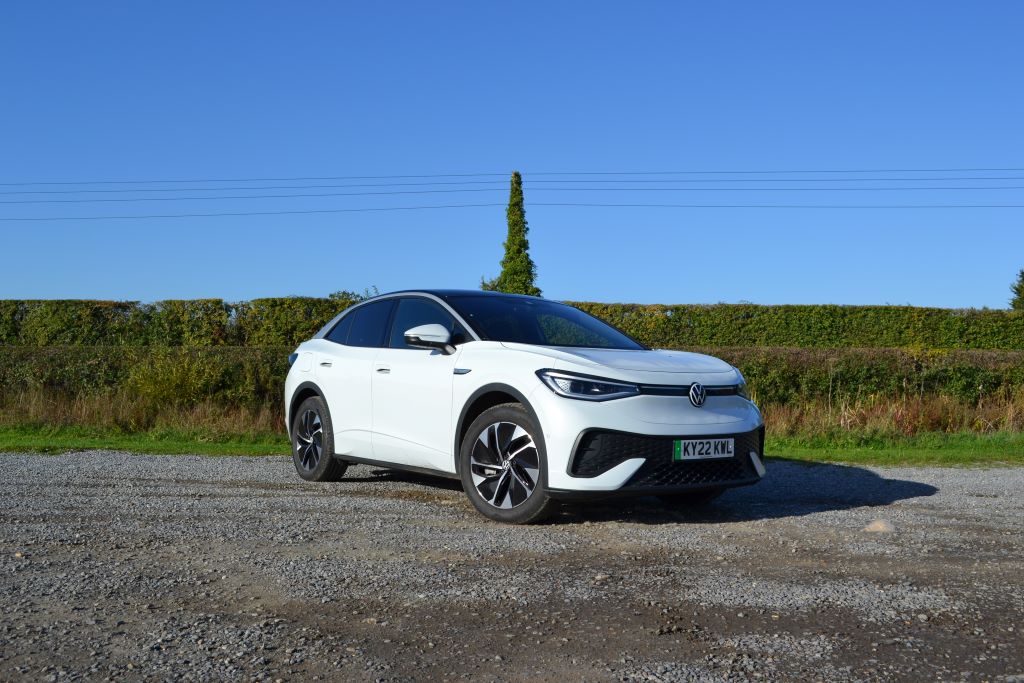
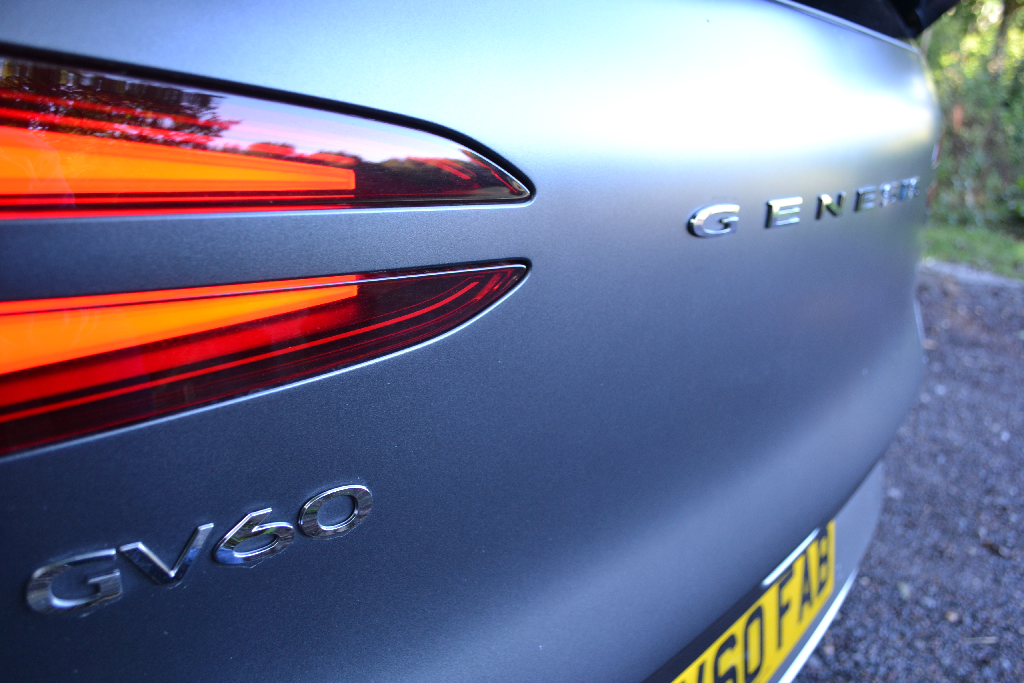


Comments (0)
Be the first to write a comment
Login/ Signup